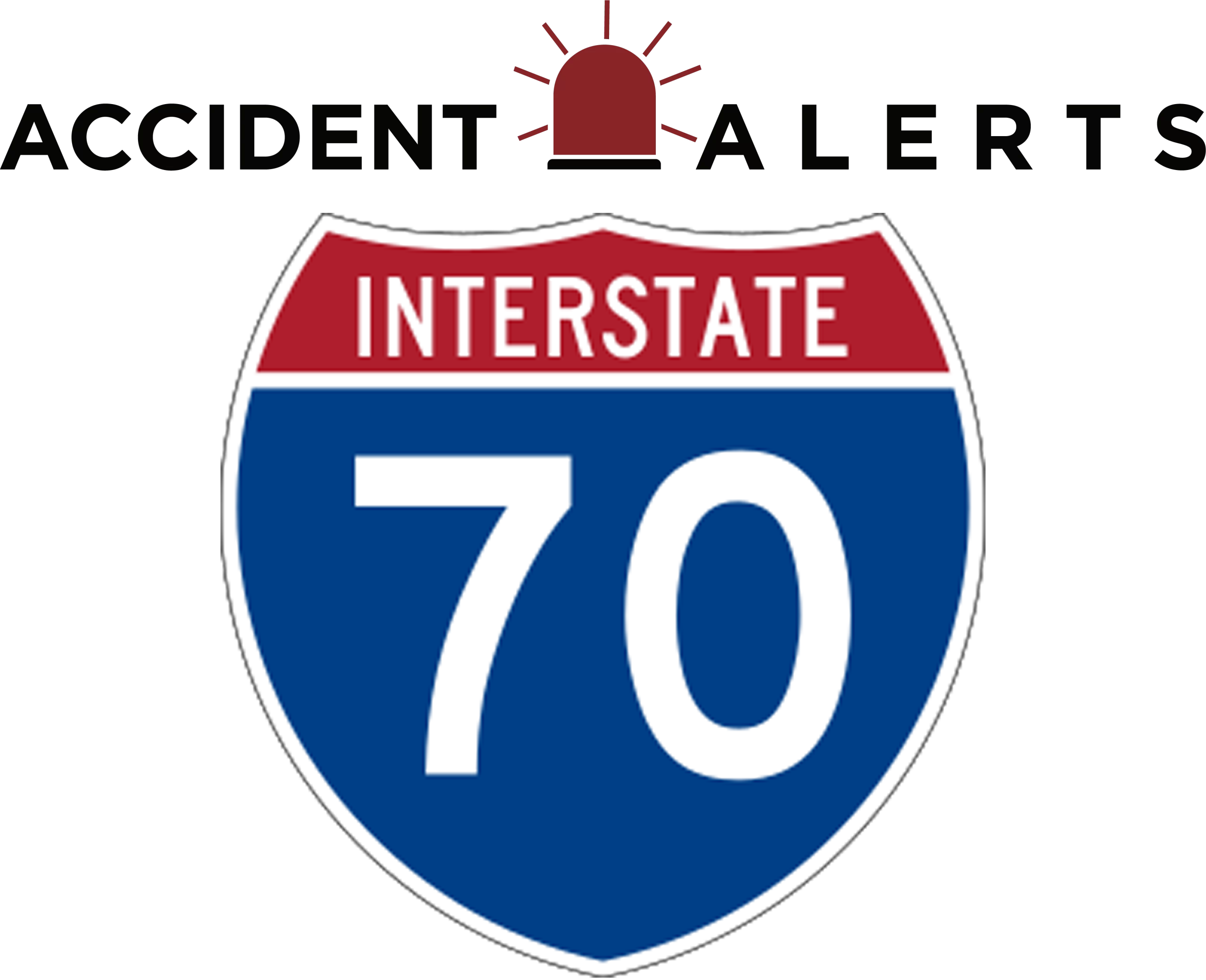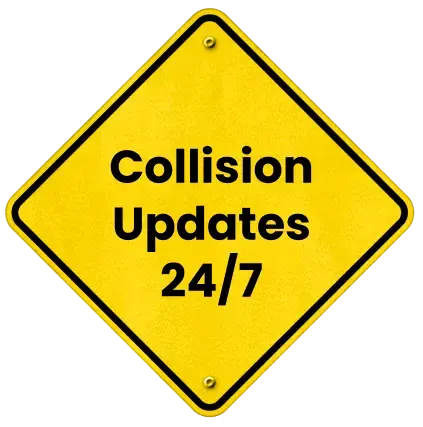
Latest Accidents
More IncidentsInterstate 70 Accident News and Resources
About Interstate 70 (I-70)
Interstate 70 is one of the primary east-west corridors in the United States, stretching from Cove Fort, Utah, to Baltimore, Maryland. It traverses a diverse cross-section of the country, passing through mountainous terrain, flat plains, bustling cities, and industrial centers. Along the way, I-70 connects key metropolitan areas and supports both regional commuting and cross-country freight transport, serving cities like Denver, Kansas City, St. Louis, Indianapolis, Columbus, and Baltimore.
Travel conditions along I-70 vary significantly, from steep mountain passes and high-altitude curves in Colorado to congested urban routes and construction zones in Missouri and Ohio. In cities like Denver and Columbus, heavy traffic and complex interchanges increase collision risks, while rural sections in Kansas and Indiana see high-speed travel and weather-related challenges.
Every day, tens of thousands of drivers rely on I-70. In major cities, daily traffic volumes often surpass 100,000 vehicles, raising the likelihood of crashes. Accidents on I-70 can cause serious injuries, block key freight routes, and lead to emotional and financial strain.
Common Types of Accidents on Interstate 70
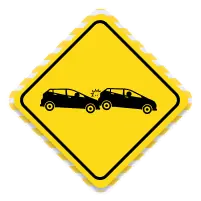
Rear-End Collisions:
Especially frequent in metro areas like Denver, Columbus, and Baltimore, where dense traffic, quick lane shifts, and distracted driving are common.
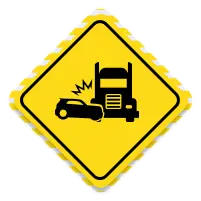
Multi-Vehicle Pileups:
Winter storms in Colorado or fog and heavy rain in Indiana and Ohio often lead to chain-reaction crashes involving several vehicles.
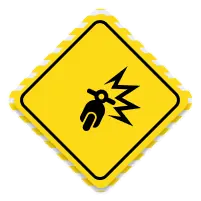
Truck Accidents:
I-70 is a major freight corridor with heavy semi-truck traffic. These vehicles pose risks on steep grades (e.g., Eisenhower Tunnel in Colorado) and in narrow urban zones like St. Louis.

Single-Vehicle Crashes:
Fatigue, black ice, and high speeds lead to many solo accidents, especially in rural areas of Kansas and western Pennsylvania.

Rollover Accidents:
High-profile vehicles like RVs and SUVs are vulnerable to rollovers in high-wind zones or during evasive maneuvers near construction areas.

Pedestrian and Bicycle Accidents:
Though rare, pedestrian-involved accidents occur near highway ramps in urban areas like Indianapolis and Baltimore.

Wrong-Way Driver Accidents:
These dangerous crashes often involve impaired drivers and typically occur near city interchanges or during late-night hours.
Utah
I-70 begins in central Utah at Cove Fort and travels through remote, mountainous terrain. With few services and long stretches between towns, this section poses unique risks.
- Mountain Driving: Steep grades and winding sections through areas like the San Rafael Swell demand cautious driving, especially for large vehicles.* Limited Services: Long gaps between fuel stops and rest areas mean drivers must plan ahead, particularly in winter.
- Weather Hazards: Snowstorms and high desert winds can create sudden, dangerous conditions.
Key Cities Along I-70 in Utah
Richfield, Salina, Green River.
Crash Reports
Available through the Utah Department of Public Safety or Utah Highway Patrol.
Colorado
As I-70 crosses the Rockies, it passes through scenic yet hazardous terrain before entering urban Denver.
- Mountain Risks: The stretch from Glenwood Springs to Denver includes tunnels, sharp turns, and steep downgrades that challenge both personal and commercial drivers.
- Urban Traffic: Denver is a major bottleneck with frequent congestion, merging traffic, and construction-related slowdowns.
- Weather: Snow, ice, and rockslides are common in the high-altitude regions.
Key Cities Along I-70 in Colorado
Grand Junction, Glenwood Springs, Vail, Frisco, Denver, Aurora, Limon.
Crash Reports
Request from the Colorado State Patrol or Department of Revenue.
Kansas
Crossing Kansas, I-70 becomes a long, straight route through agricultural land, with higher speed limits and fewer interchanges.
High Speeds: With speed limits up to 75 mph, crashes here often involve severe impacts.
Weather Extremes: Blizzards, tornadoes, and high winds can all affect visibility and control.
Fatigue: Long, uninterrupted stretches can lead to drowsy driving and inattention.
Key Cities Along I-70 in Kansas:
Goodland, Colby, Hays, Salina, Topeka, Lawrence, Kansas City (KS).
Crash Reports:
Available from the Kansas Highway Patrol or the Kansas Turnpike Authority.
Missouri
In Missouri, I-70 passes through both rural areas and the heavily traveled St. Louis and Columbia corridors.
Urban Congestion: In St. Louis, I-70 intersects multiple freeways and surface routes, increasing collision risk.
Work Zones: Construction projects around Columbia and suburban St. Louis lead to lane shifts and slowdowns.
Rural Dangers: Outside city areas, deer crossings and speeding are common contributors to crashes.
Key Cities Along I-70 in Missouri
Kansas City, Columbia, St. Louis.
Crash Reports
Accessible via the Missouri State Highway Patrol or local law enforcement.
Illinois
I-70 traverses central Illinois, connecting small towns with the larger metro area of Effingham and then east toward Indiana.
Rural Conditions: Long distances between exits and farms near the highway can bring slow-moving equipment into lanes.
Weather Delays: Snow and ice in winter or summer thunderstorms can reduce visibility and traction.
Freight Traffic: Central Illinois sees heavy truck volumes that affect traffic flow and crash likelihood.
Key Cities Along I-70 in Illinois
Effingham, Vandalia, Greenville.
Crash Reports
Filed with the Illinois State Police or county sheriffs.
Indiana
This stretch of I-70 links rural towns and the busy capital of Indianapolis.
Urban Accidents: Downtown interchanges and merging near I-465 often result in crashes.
Truck Traffic: Indianapolis is a freight hub, and heavy semi-truck presence increases collision risks.
Roadwork: Ongoing maintenance causes temporary lane closures and detours.
Key Cities Along I-70 in Indiana
Terre Haute, Plainfield, Indianapolis, Richmond.
Crash Reports
Request through the Indiana State Police or local law enforcement.
Ohio
Running west to east, I-70 crosses Ohio through Columbus and Dayton, with a mix of suburban and rural driving.
City Hazards: Columbus has multiple freeway interchanges and high commuter volumes.
Fog and Ice: In western Ohio, weather conditions can change rapidly, especially in valleys and farmland areas.
Traffic Merges: Merging traffic near I-71 and I-270 increases rear-end collision risks.
Key Cities Along I-70 in Ohio
Dayton, Springfield, Columbus, Zanesville, Cambridge.
Crash Reports
Available through the Ohio Department of Public Safety or local agencies.
Pennsylvania
In Pennsylvania, I-70 travels through rolling hills and industrial towns before merging with I-76 (Pennsylvania Turnpike) for part of the route.
Hilly Terrain: Curves and elevation changes increase rollover risks, particularly for trucks.
Toll Roads: Entry and exit points for the Turnpike can lead to congestion and last-minute braking.
Snow and Fog: Western Pennsylvania frequently experiences hazardous weather from fall through spring.
Key Cities Along I-70 in Pennsylvania
Washington, New Stanton, Breezewood.
Crash Reports
Request from the Pennsylvania State Police or local authorities.
Maryland
The eastern terminus of I-70 is in Baltimore, where the interstate merges into local city roads and connects to other regional highways.
Urban Traffic: Baltimore’s urban sprawl and industrial areas lead to frequent stop-and-go traffic and side-impact crashes.
Interchange Complexity: Connections with I-695 and I-95 can be confusing and fast-paced.
Pedestrian Activity: Near downtown, off-ramps and service roads sometimes intersect with foot traffic.
Key Cities Along I-70 in Maryland
Hagerstown, Frederick, Ellicott City, Baltimore.
Crash Reports
Available from the Maryland State Police or online crash report portals.
Common Accident Causes on Interstate 70
Frequent crash contributors along I-70 include:
- High-speed collisions in open plains or rural stretches
- Congested interchanges in cities like Denver and Columbus
- Mountain-related risks in Colorado
- Winter weather across the Midwest and Appalachians
- Drowsy driving during long-distance travel
- Drunk or impaired driving on weekends and near nightlife zones
How to Obtain a Police Accident Report After an I-70 Crash
If you’ve been involved in an accident on I-70, follow these steps:
- Notify Authorities: Call 911 or a local non-emergency number depending on the severity.
- Get the Report Number: Officers will provide this at the scene or afterward.
- Wait for Processing: Reports may take several days to become available.
- Request the Report: Use the state’s official website, request by mail, or check third-party providers like CrashDocs.org
- Pay Fees: Most reports require a fee of $5–$20.
Always follow the rules for the state where the crash happened.
Real-Time Traffic Conditions for I-70
Planning ahead can reduce your risk of delay or collision. Here are some useful tools for your journey:
- Google Maps & Waze: Offer live traffic updates and rerouting options.
- State DOT Websites:
- Colorado DOT
- Kansas DOT
- Missouri DOT
- Illinois DOT
- Indiana DOT
- Ohio DOT
- Pennsylvania DOT
- Maryland DOT
These sites include maps, construction alerts, and weather-related advisories.
Construction and Weather Alerts:
- Long-term projects are active in cities like Indianapolis and Columbus.
- Snow and ice frequently impact Colorado, Kansas, and Pennsylvania.
- Flooding and heavy rain may occur in Maryland and Ohio.
Safety Tips for Traveling Interstate 70
No matter your route, follow these precautions:
- Follow Speed Limits: Especially near cities and work zones.
- Monitor Weather: From Colorado snow to Ohio rain, conditions change fast.
- Use Extra Caution in Construction Areas: Watch for workers and lane shifts.
- Be Alert for Wildlife: Especially in rural or wooded zones.
- Fuel Up Often: In Utah and western Kansas, services are sparse.
- Avoid Distractions: Stay focused, especially in high-traffic or poor weather.
Take Breaks: Rest stops help fight fatigue on long hauls.
Frequently Asked Questions
What should I do after being in an accident on Interstate 70?
If you’ve been in a crash on I-70, follow these safety and reporting steps:
- Call 911 if there are injuries or if traffic is blocked
- Notify local police or state highway patrol to generate a formal crash report
- Exchange contact, license, and insurance details with other drivers
- Record license plate numbers and vehicle information
- Collect names and contact info from any eyewitnesses
- Take photos and videos of the accident scene, if safe
- Inform your insurance company of the crash
State police agencies that often respond to I-70 accidents include the Colorado State Patrol, Kansas Highway Patrol, Missouri State Highway Patrol, Indiana State Police, and others in the I-70 states.
If the crash blocks lanes or occurs during inclement weather, follow authorities’ instructions carefully and remain in a safe location. Delays and secondary accidents are common on I-70 following serious collisions, especially near urban centers and construction zones.
What should I do if I or a loved one was seriously injured in a crash on I-70?
Seek immediate medical care. Then contact a personal injury attorney licensed in the state where the crash occurred. They can help recover compensation for your injuries, lost income, and other damages by holding negligent parties accountable.
In major injury cases, insurance companies may begin investigations quickly and attempt early settlements. Avoid signing anything or giving recorded statements until you speak with an attorney. Your lawyer can protect your rights and ensure you are not taken advantage of.
Do I need a lawyer after an accident on Interstate 70?
Hiring a lawyer isn’t required, but it’s highly beneficial, especially for injury claims or complex cases. Lawyers manage negotiations, calculate damages, and fight for fair settlements.
Most personal injury lawyers work on a contingency fee basis and provide free consultations. If your accident involves commercial trucks, government vehicles, or multiple parties, legal representation is especially important due to the complexity of liability and insurance coverage issues.

Be extra alert:
This seems obvious, but try to be extra alert when driving on dangerous highways. Act as if you’re driving in poor road conditions (heavy rain or snow or poor visibility).

Plan ahead:
If you’re traveling long distances on a road trip or for work or pleasure, plan ahead. Consider when you’ll hit heavy-traffic areas and the weather conditions throughout your trip.

Rest:
If you feel drowsy, take a break and let someone else drive or pull off in a safe place for a quick nap. Here are some keen warning signs of drowsy driving: yawning or blinking frequently, watering eyes, difficulty recalling the past few miles that you’ve driven, missing exits, or drifting from your lane.

Obey traffic laws:
Always obey traffic laws. Not only will this prevent you from receiving a ticket, but you’re less likely to get into a fatal car accident if you obey the speed limit and other traffic regulations.
